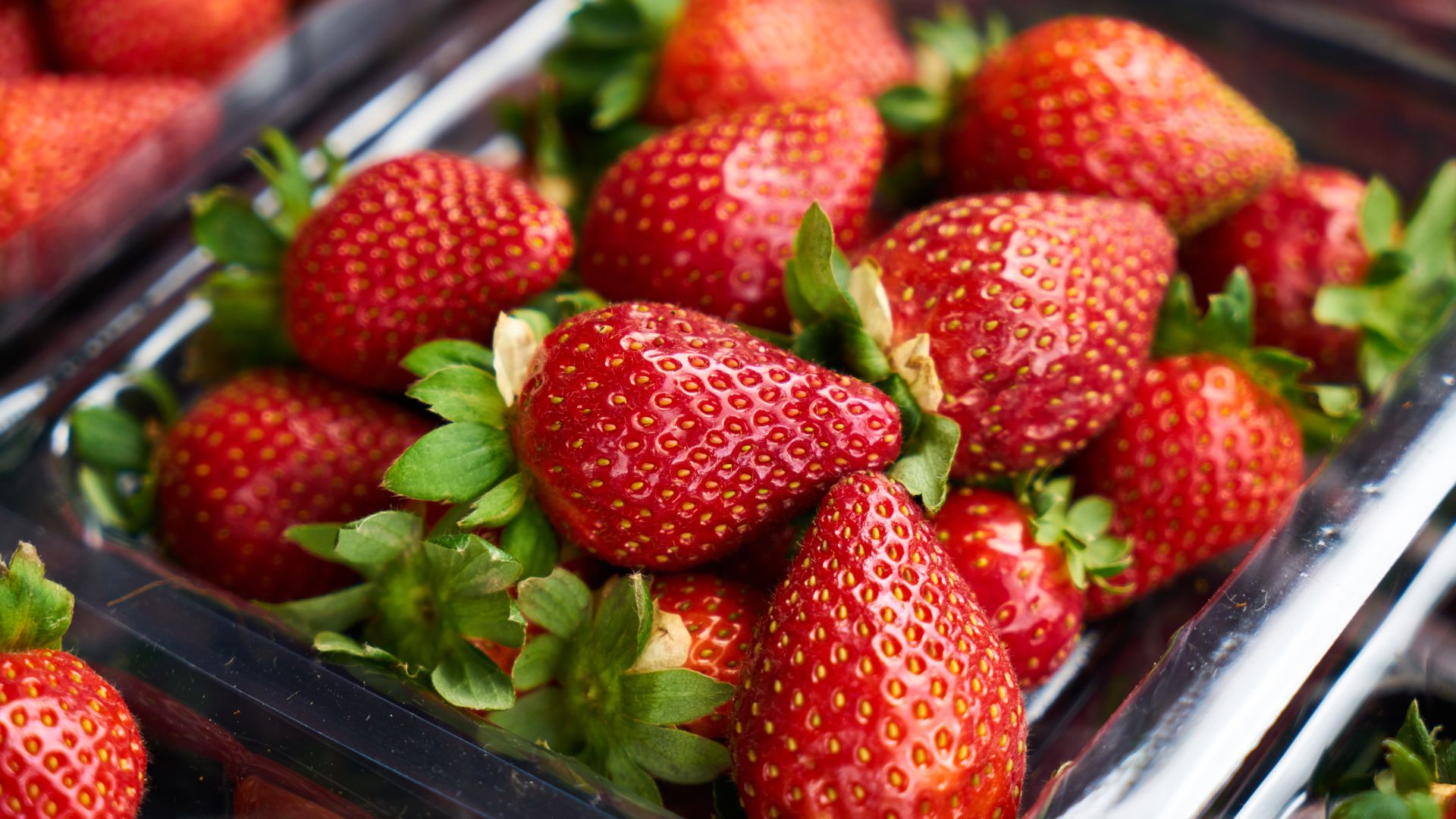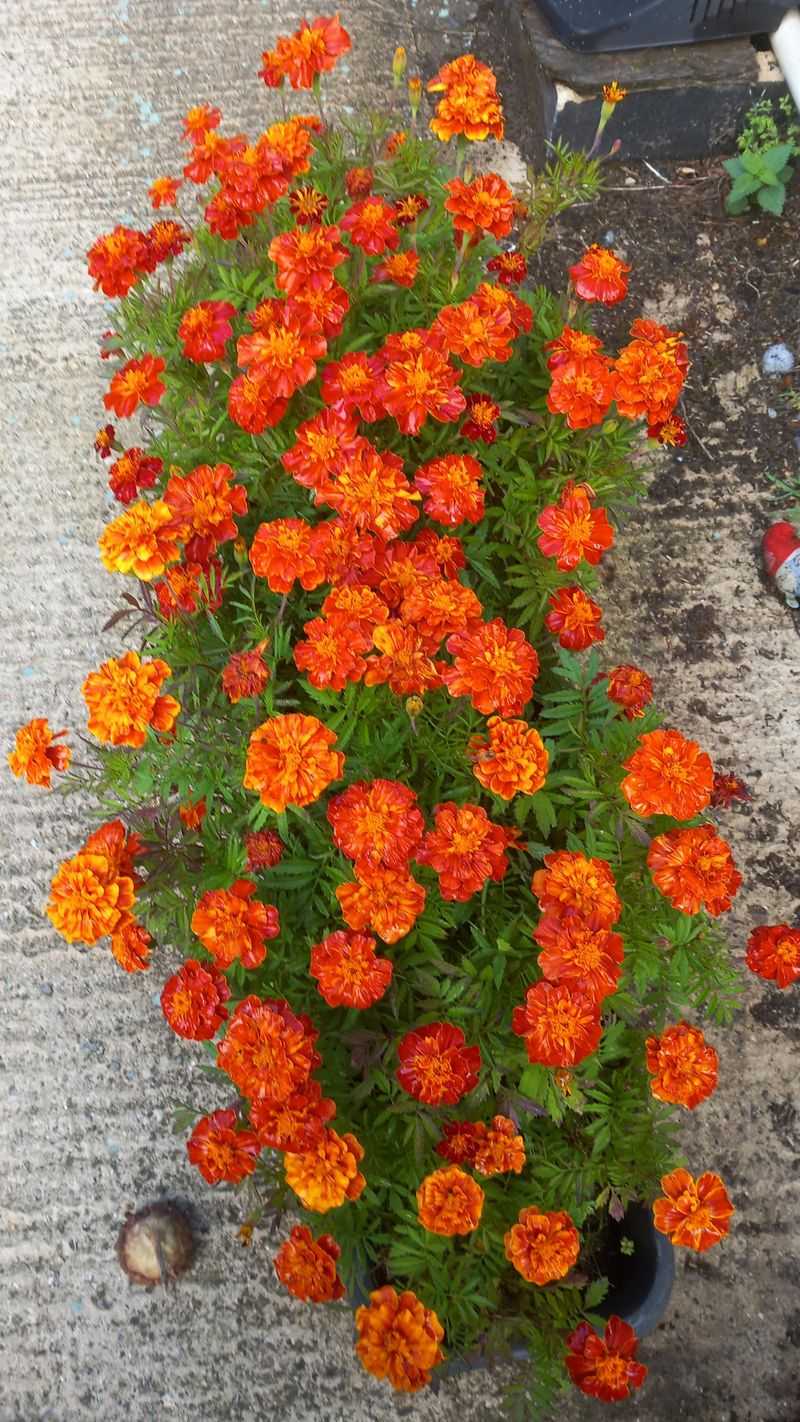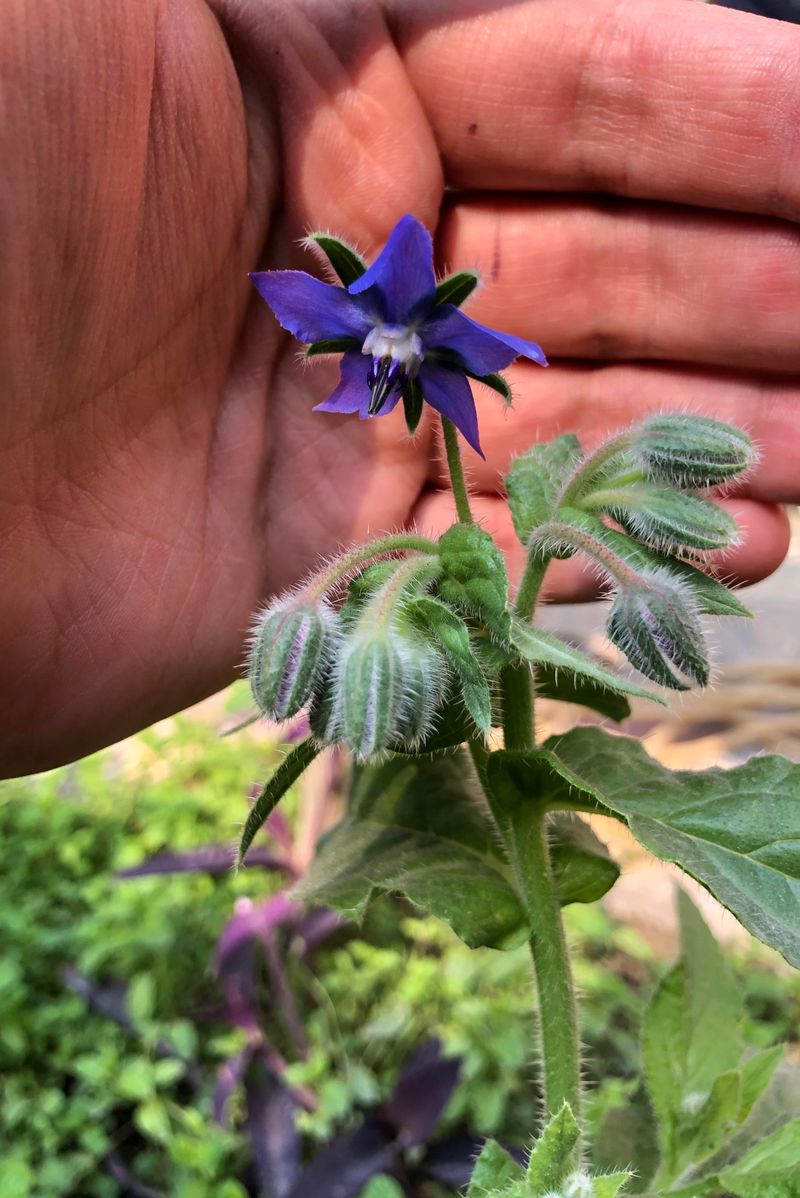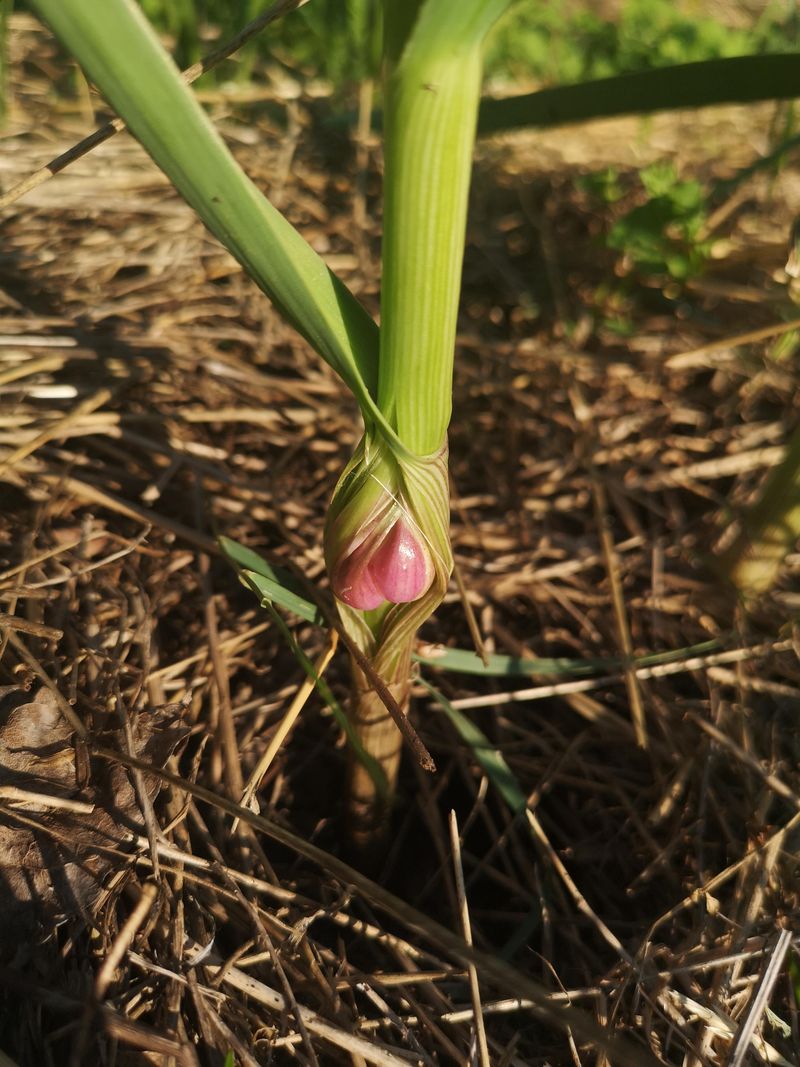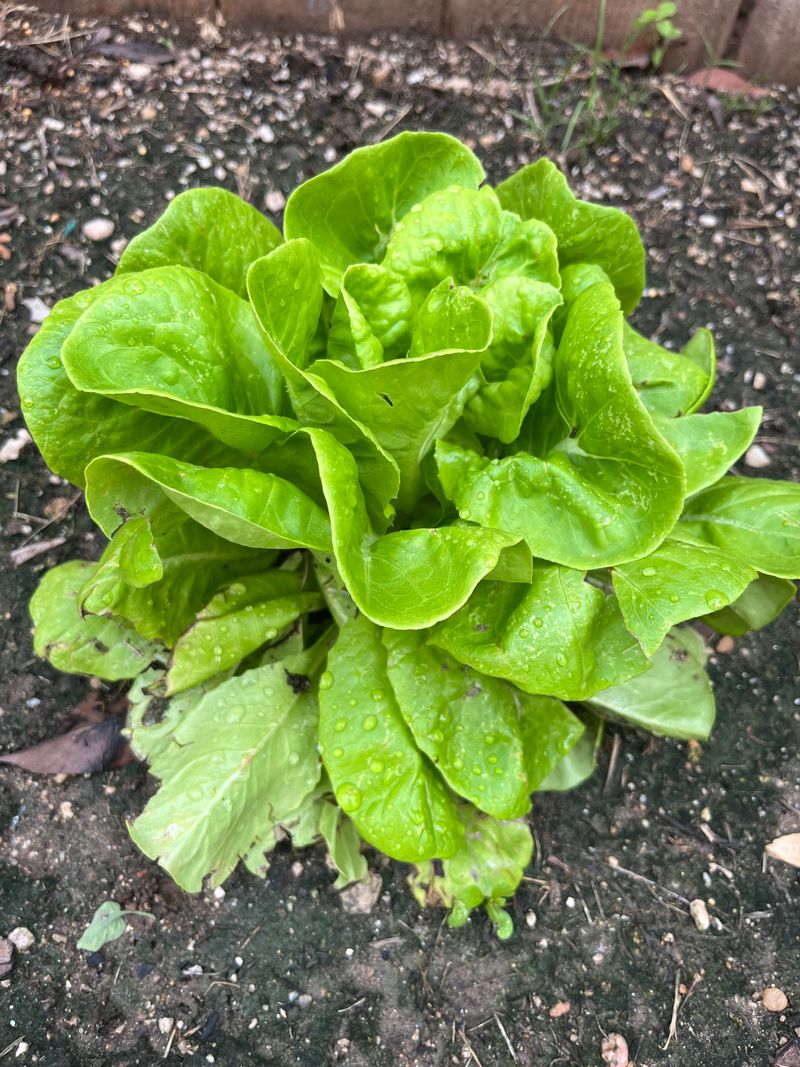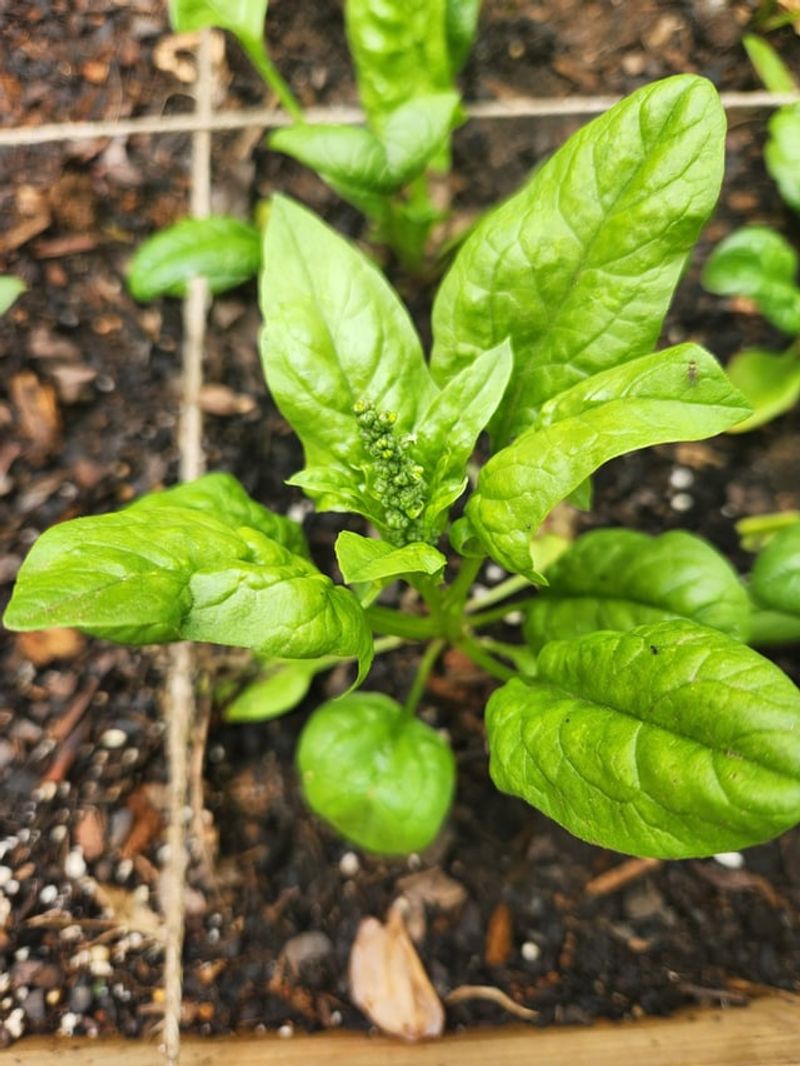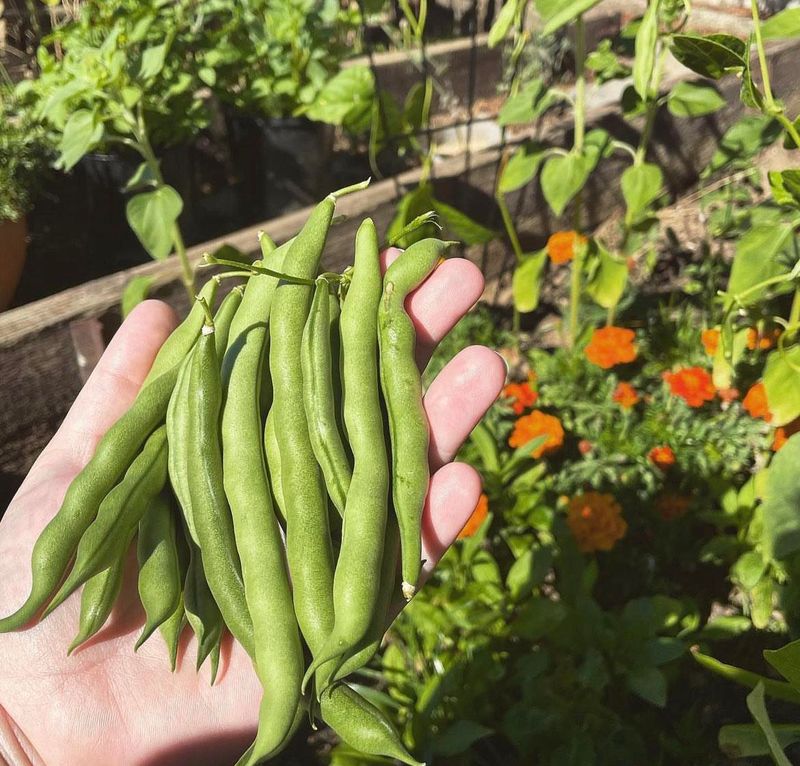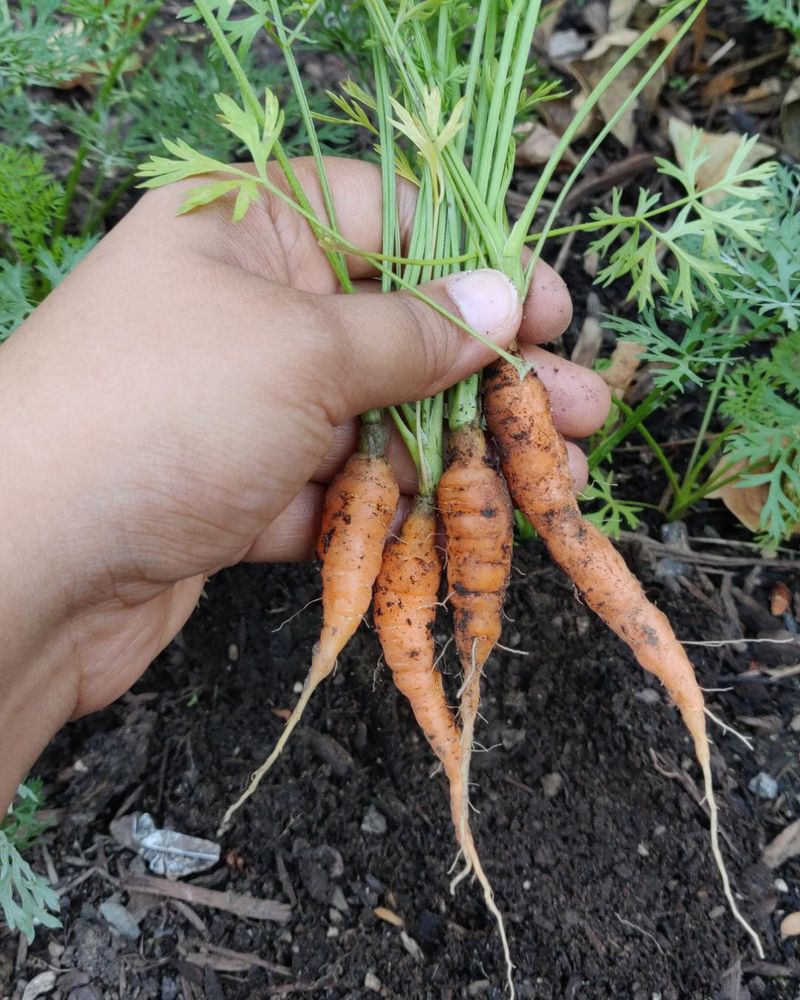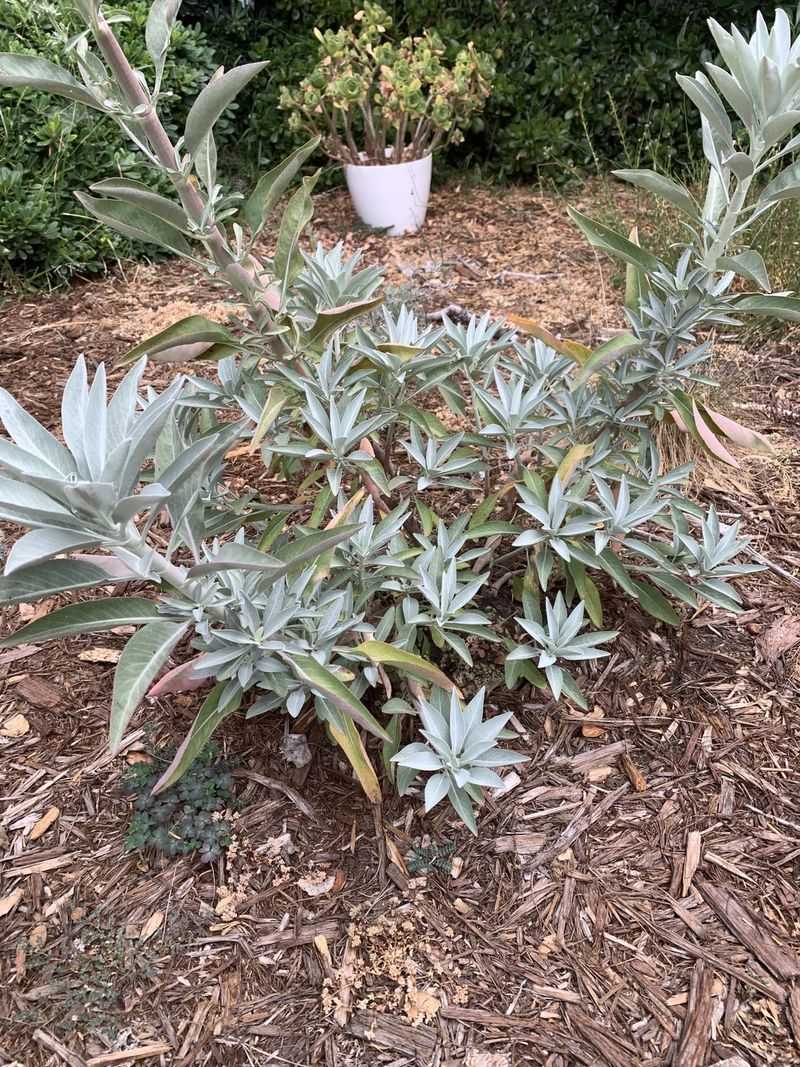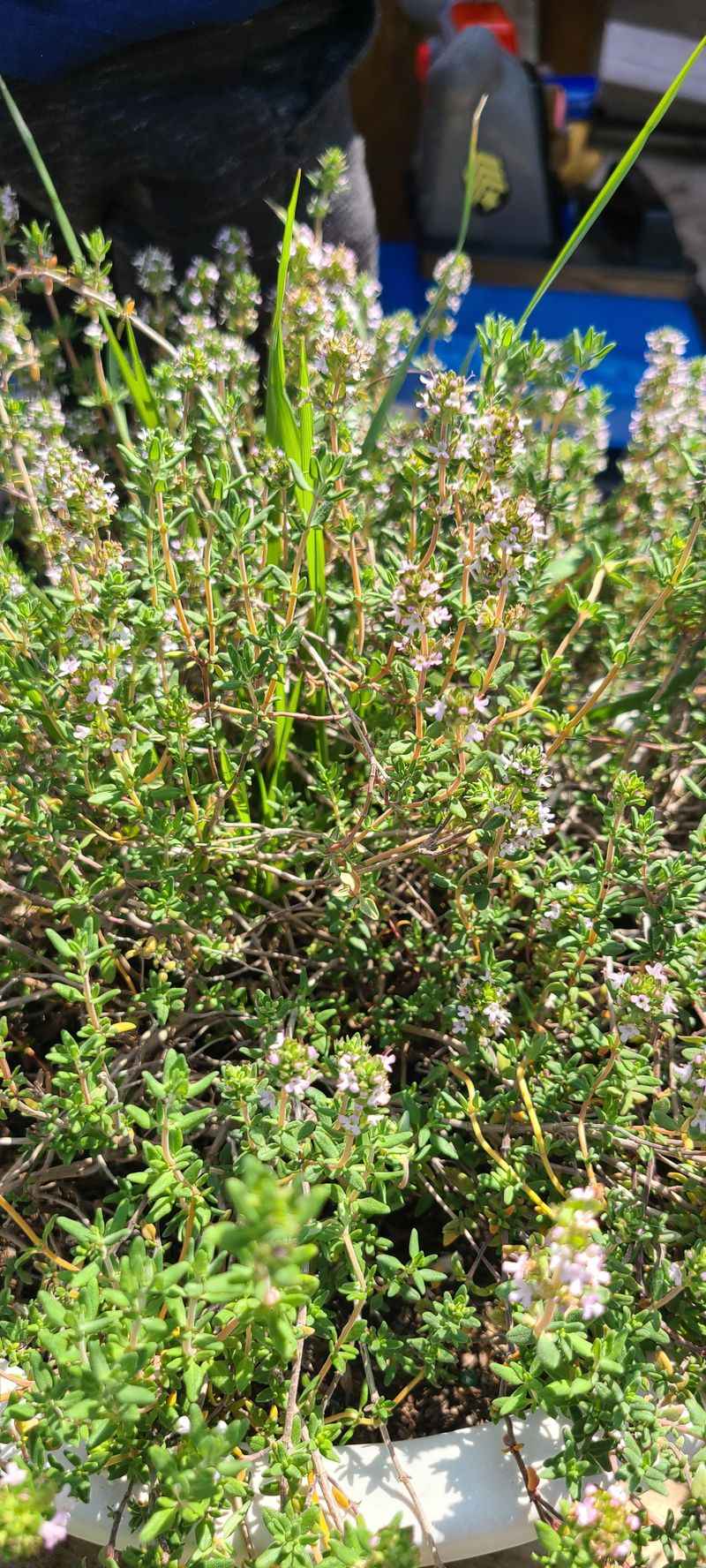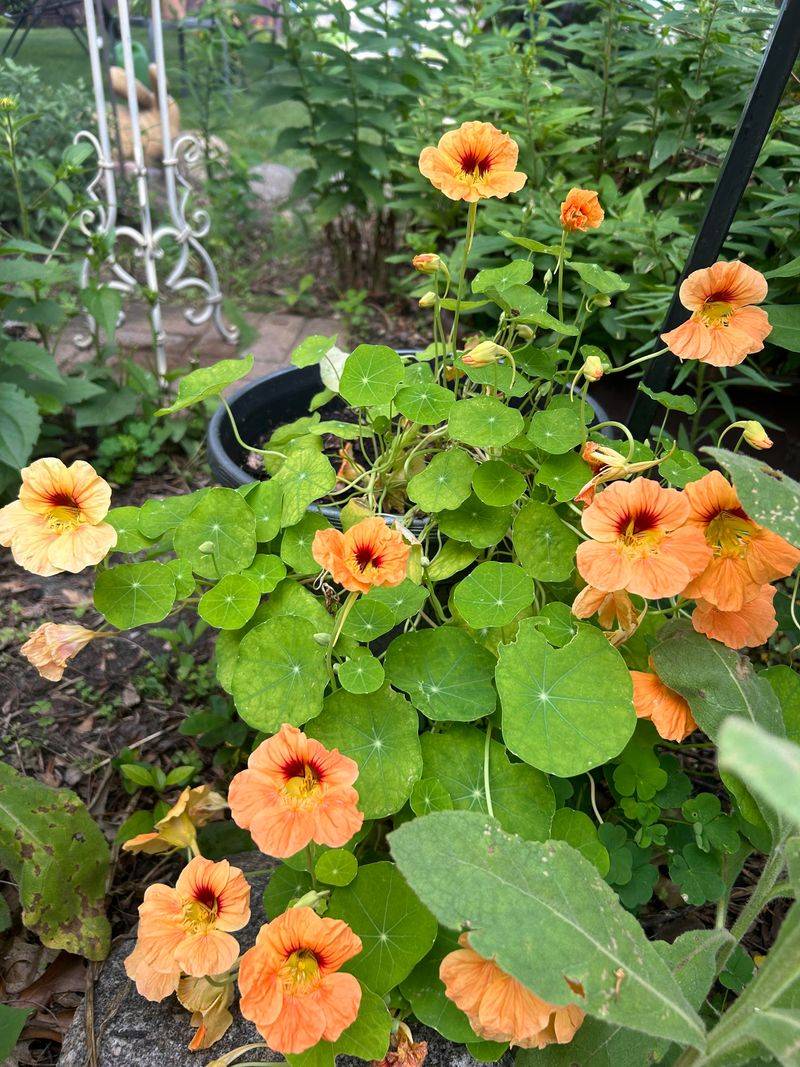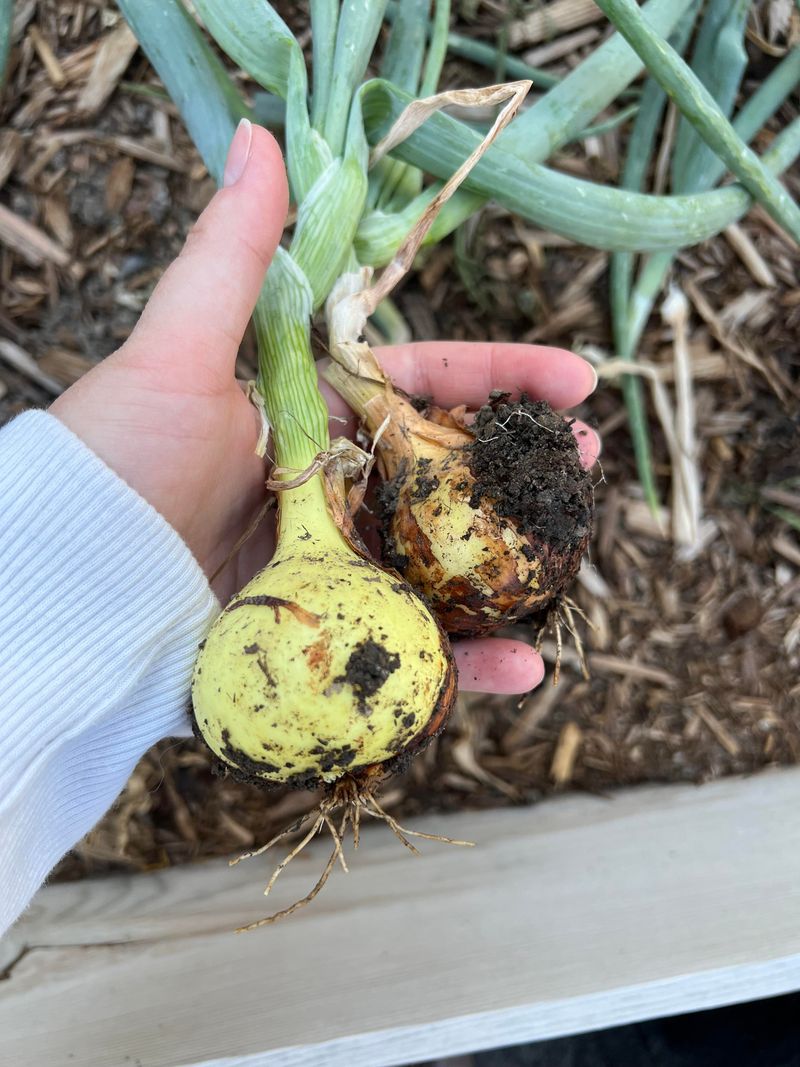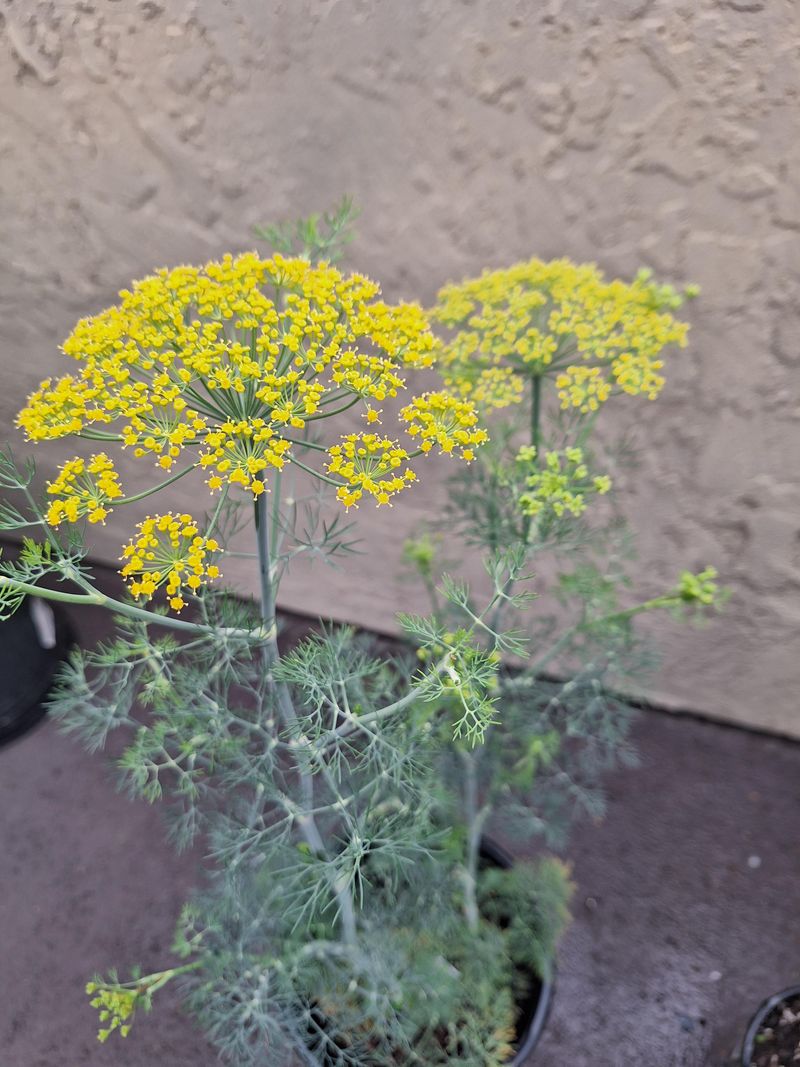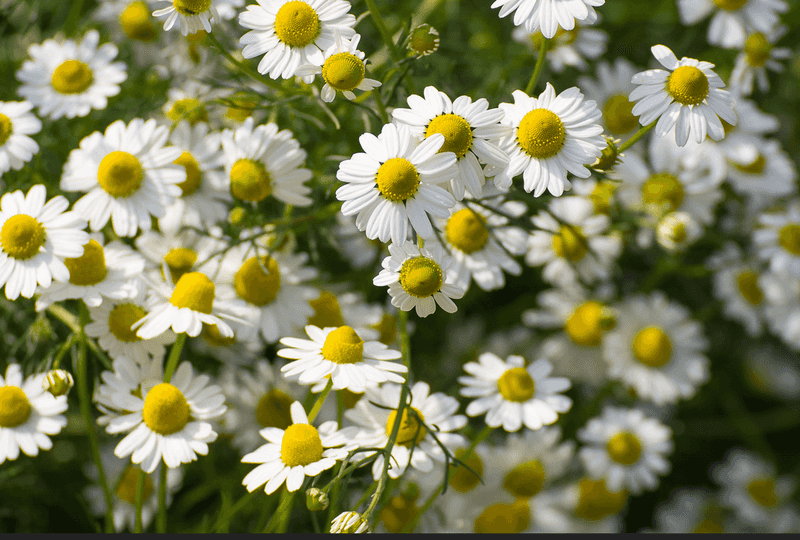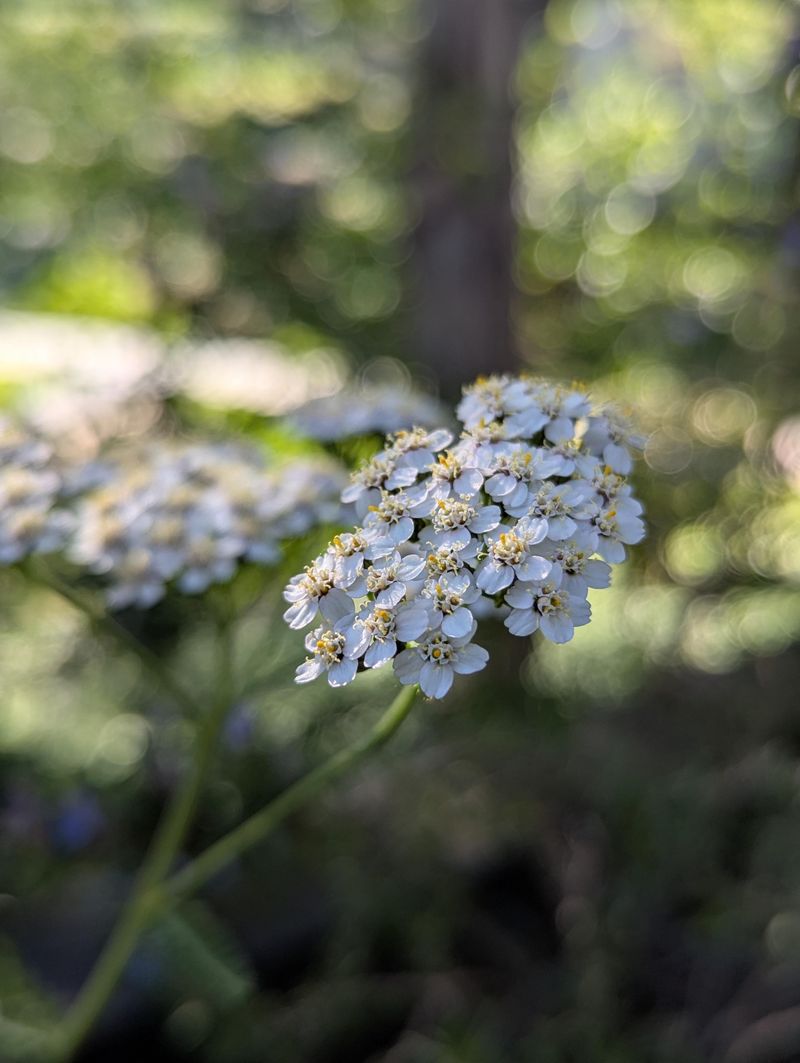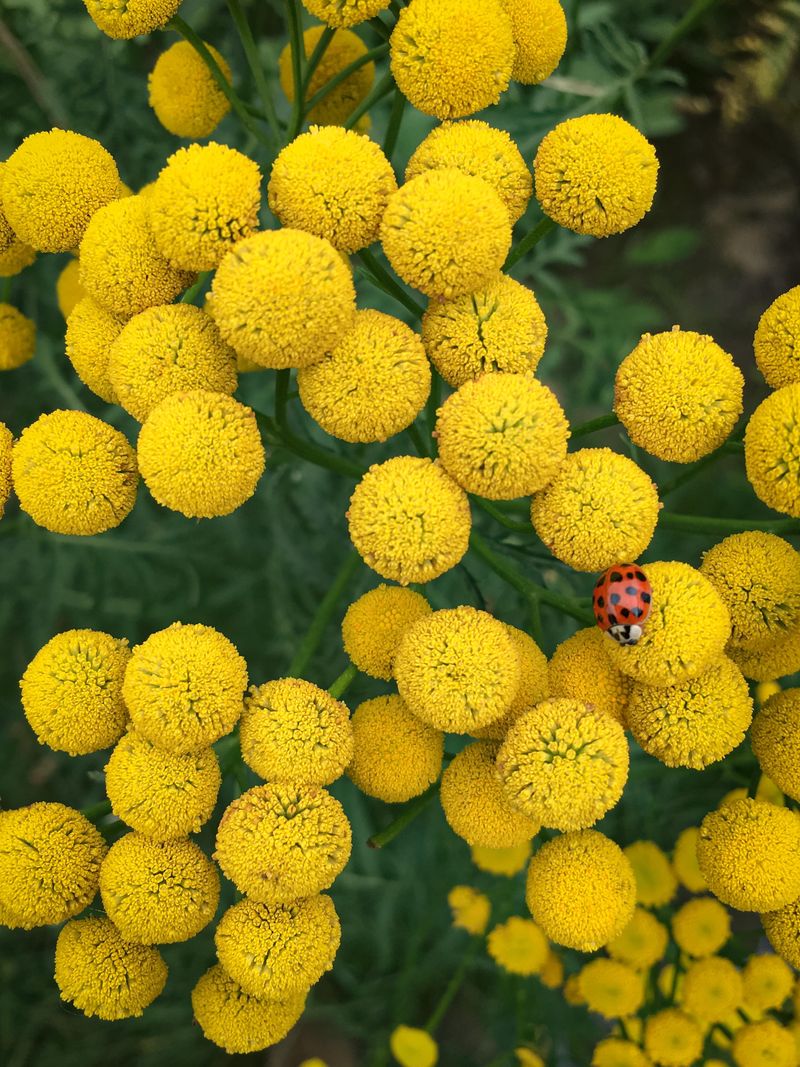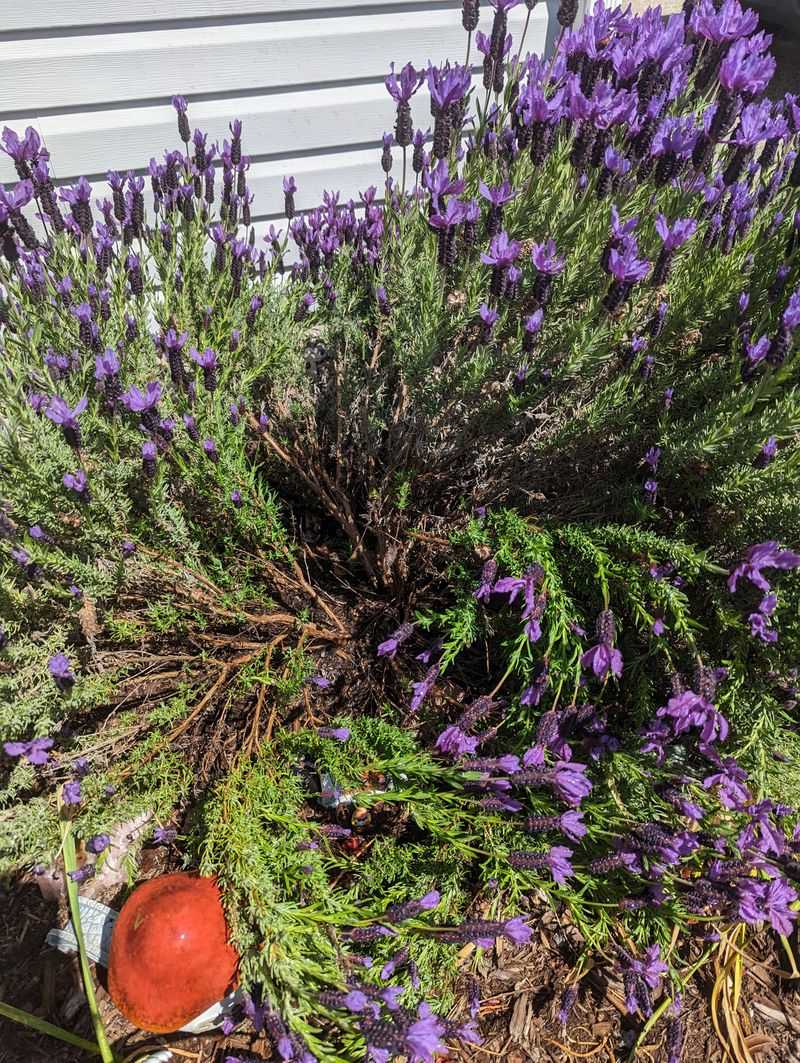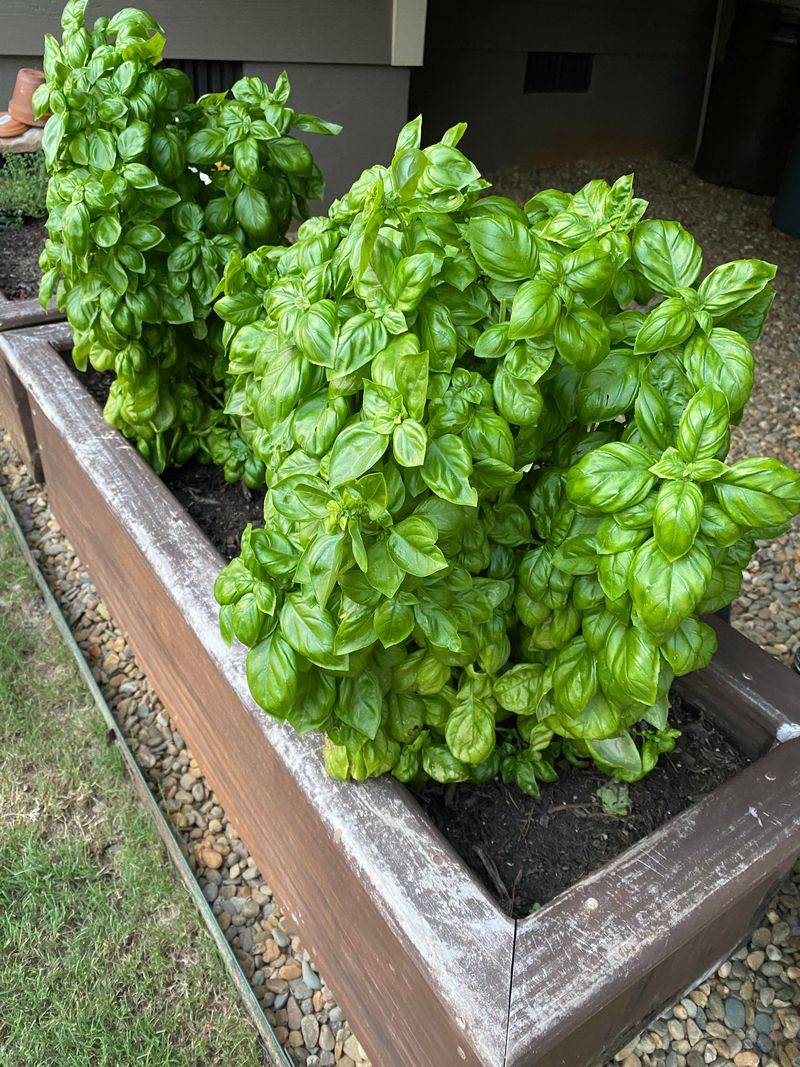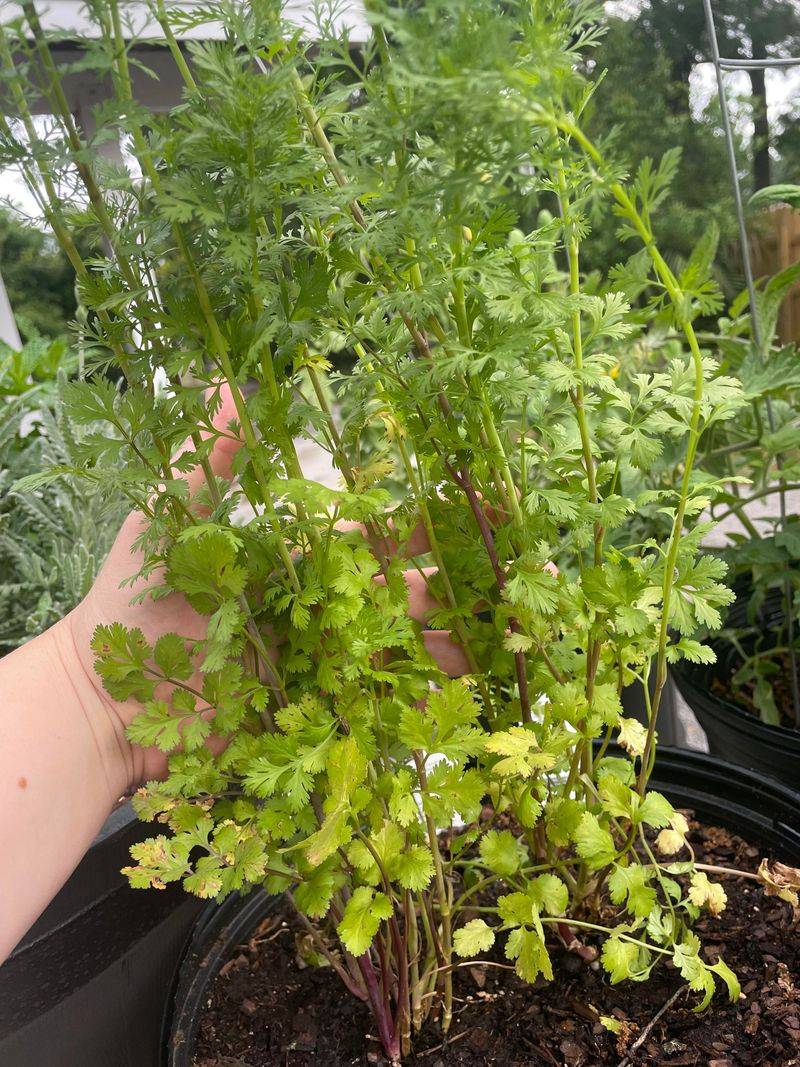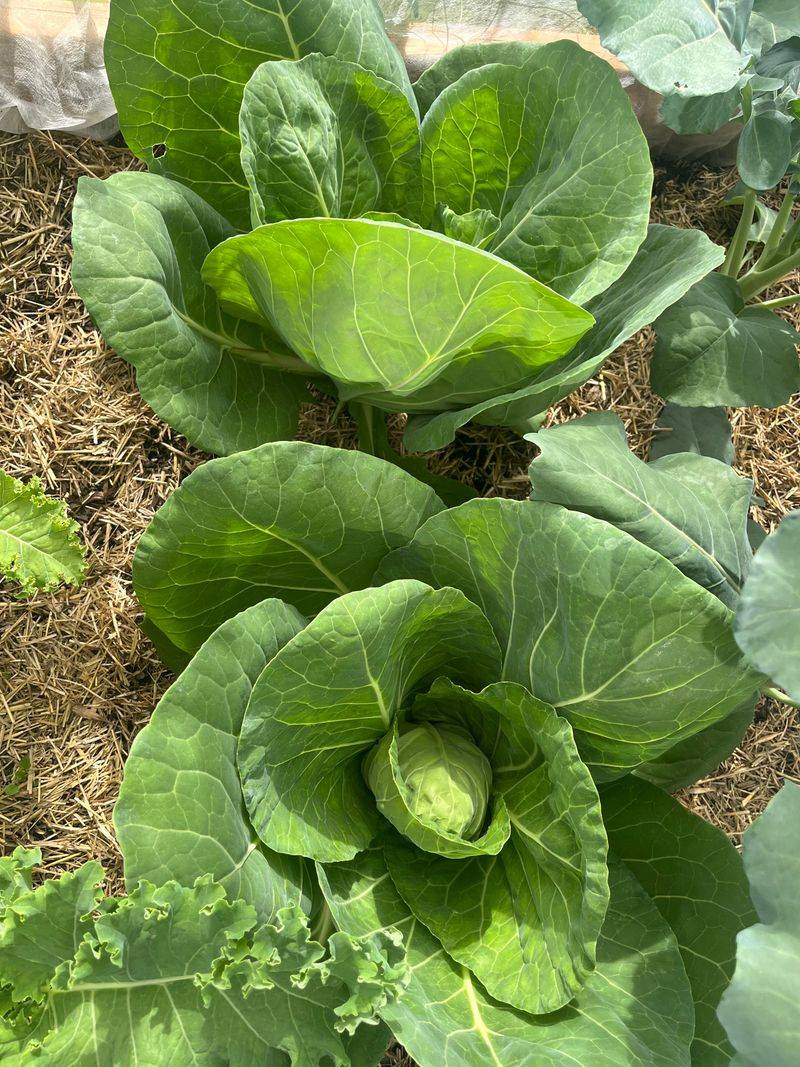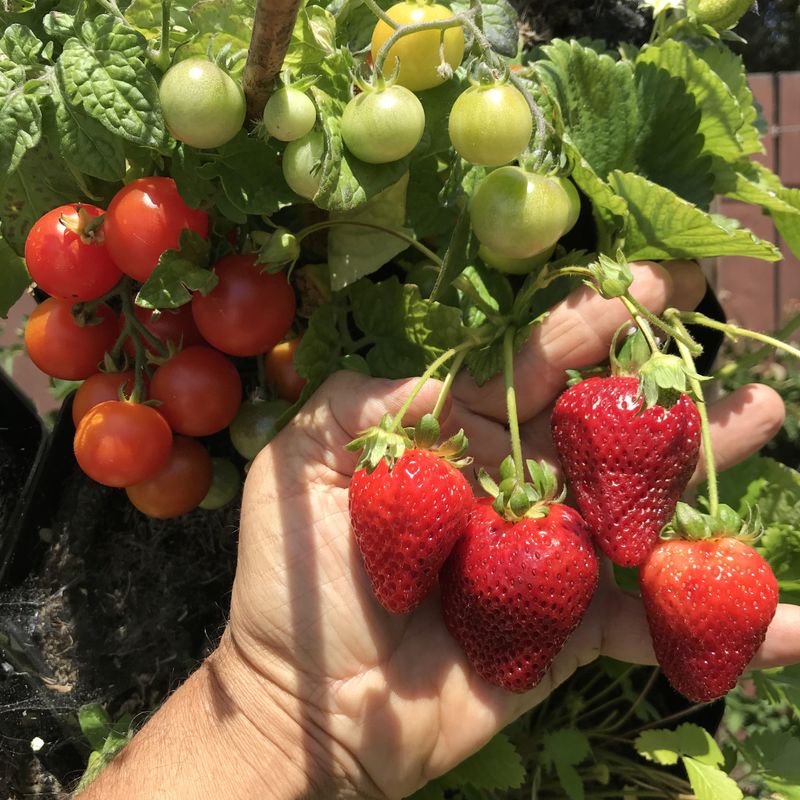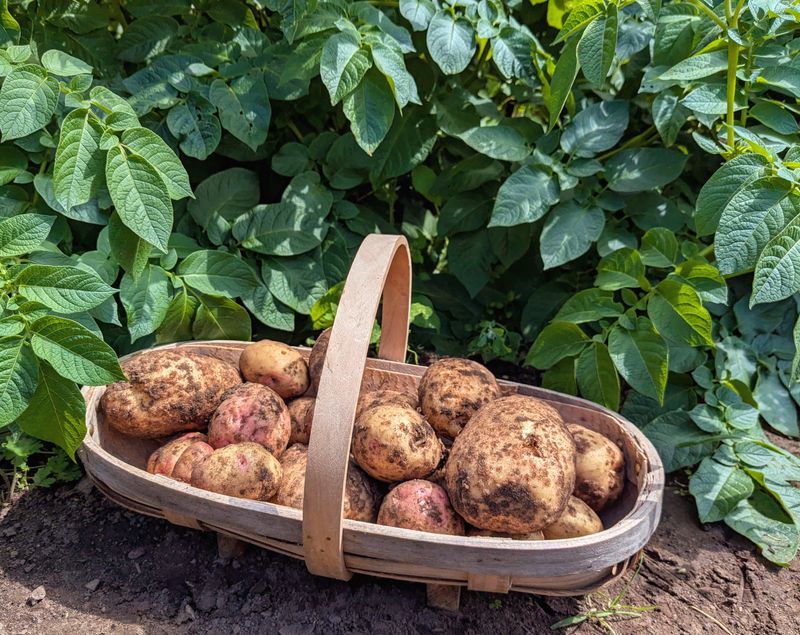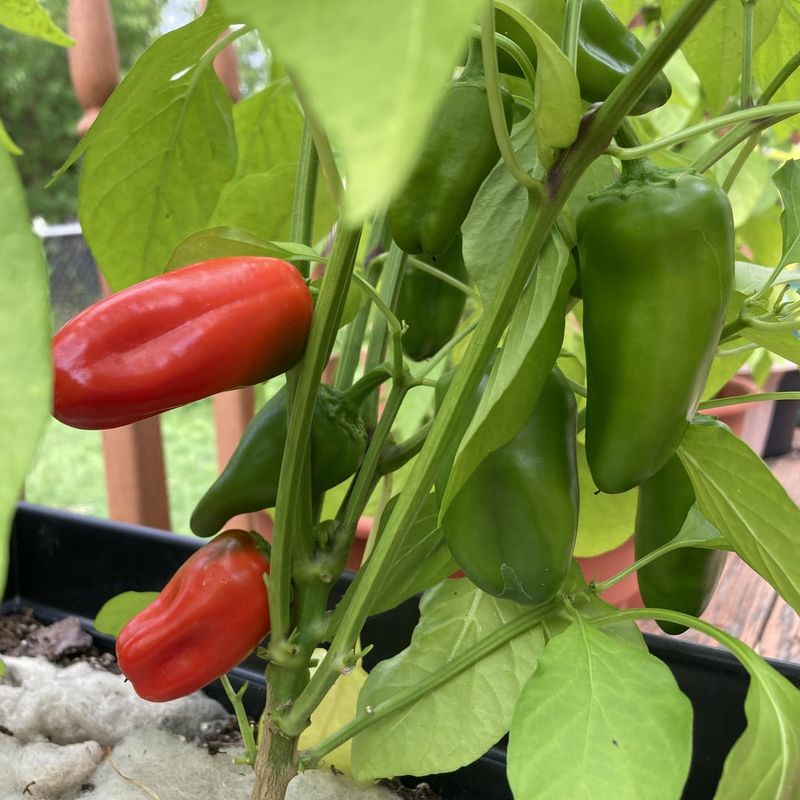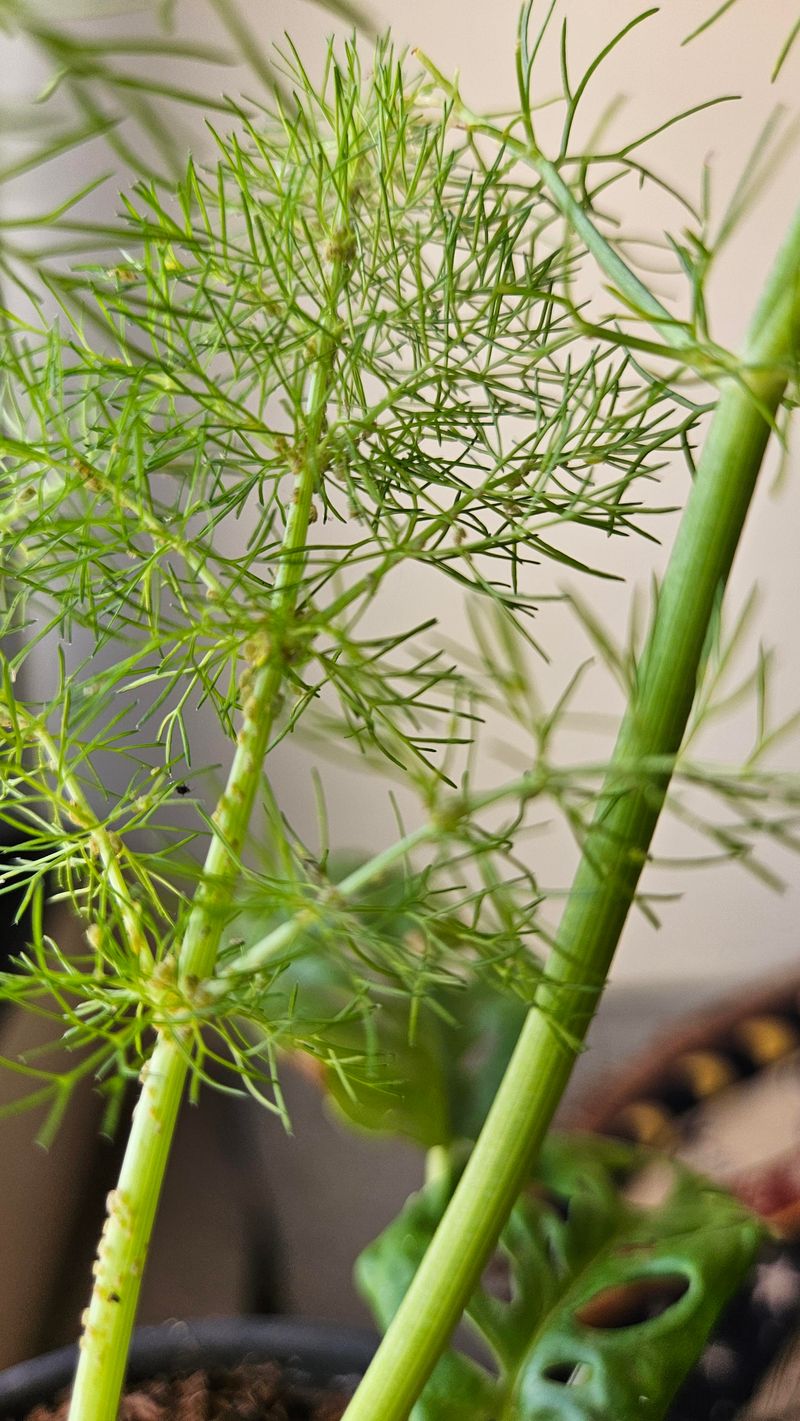Companion planting can work wonders for your strawberries, enhancing their growth, flavor, and yield. There’s nothing better than biting into a homegrown strawberry—especially when you know it’s thriving alongside the perfect plant partners.
Selecting the right companions can keep pests at bay, enrich the soil, and even boost your harvest without extra effort. Here are some essential companion plants that can help you grow juicier, healthier strawberries. Whether you’re a true gardener or just starting out, these suggestions will set you up for sweet success.
And hey, with the right companions, your strawberries might just be the best ones you’ve ever grown!
1. Marigolds
Have you ever wondered how to keep those pesky insects away from your beloved strawberries? Marigolds are your answer! These cheerful flowers not only brighten up your garden but also act as a natural pest deterrent.
Their distinct scent keeps nematodes and other harmful bugs at bay. Plant them around your strawberry patch, and you might notice fewer unwanted visitors.
Plus, marigolds are easy to grow and require minimal care. A little secret from the plant world: they can also attract beneficial insects, making them a double threat against pests. So, are you ready to give them a try?
2. Borage
Looking for a plant that boosts both growth and flavor? Borage might just be your new garden pal. Its star-shaped blue flowers are not only pretty but beneficial for strawberries.
By attracting pollinators like bees, borage can help increase fruit yield. This plant is known to improve the taste of strawberries, giving them a richer flavor
It’s like adding a natural seasoning to your garden! Borage is also a great companion in terms of soil health, as it acts as a natural mulch. Have you considered adding this multitasking plant to your strawberry patch?
3. Chives
Let’s chat about keeping those pesky insects away. Chives, with their subtle onion fragrance, are excellent companions for strawberries. I’ve heard they repel aphids and other unwanted bugs.
One time, my neighbor planted them, and her strawberries seemed to flourish without any pest issues. Isn’t it fascinating how these simple plants can make such a difference?
With their decorative purple flowers, chives don’t just protect. They beautify your garden too. Ever thought about giving them a spot next to your strawberries to see the magic unfold?
4. Garlic
Have you ever thought about garlic as a garden ally? This pungent plant works wonders for strawberries by warding off fungal diseases. Its strong aroma acts as a natural barrier against threats like powdery mildew.
Garlic doesn’t just protect your strawberries. It complements their growth. With minimal space requirements, it can be planted between strawberry rows.
As a bonus, garlic is a great addition to your kitchen, making it a practical choice. Why not let garlic lend a hand in keeping your strawberries safe and sound?
5. Lettuce
Have you ever considered the benefits of ground cover? Lettuce does a fantastic job of retaining soil moisture for strawberries. Its broad leaves provide essential shade, reducing evaporation and keeping soil temperatures ideal.
Just imagine your strawberries staying cool under the leafy embrace of lettuce! This low-maintenance companion requires little attention and can be harvested regularly for fresh salads. Who wouldn’t love a dual-purpose plant in their garden?
So, what do you think about letting lettuce share some space with your strawberries?
6. Spinach
Thinking about a low-growing partner for your strawberries? Spinach could be the answer. It doesn’t compete for resources, making it a perfect neighbor.
With its green leaves, spinach provides excellent ground cover, keeping weeds at bay. This partnership allows strawberries to thrive without unnecessary competition. Plus, you get the added bonus of fresh spinach leaves for your meals.
Wouldn’t it be great to enjoy two crops from one area? Spinach might just be the underdog your strawberry patch needs. Are you ready to give it a chance?
7. Beans
Let’s dive into soil improvement. Beans are fantastic nitrogen fixers, enhancing soil fertility for strawberries. My own garden saw a boost when I added beans, and the strawberry harvest was noticeably better.
Isn’t it amazing how one plant can help another thrive? Their climbing nature offers vertical interest and doesn’t overshadow strawberries.
Plus, they’re easy to grow, even for beginners. Ever thought of trying this dynamic duo in your garden? It might surprise you with the results.
8. Carrots
What about loosening up that soil for better root growth? Carrots excel at this. Their long roots penetrate deep into the soil, breaking up compacted areas.
This benefits strawberries by allowing their roots to expand more freely. Carrots and strawberries coexist without competing for nutrients, making them ideal partners. As an added bonus, you’ll have fresh carrots to enjoy alongside your juicy strawberries.
Who wouldn’t want to harvest both from the same plot? Carrots could be the perfect underground ally for your strawberries.
9. Sage
Ever thought about using a fragrant herb to deter insects? Sage is your go-to. Its aromatic leaves repel pests that might otherwise bother your strawberries.
This hardy herb complements strawberries without competing for space. It’s like having a garden guard on duty at all times.
Sage also adds a lovely touch of green with its textured leaves, making your garden look more appealing. Could this versatile herb be the protector your strawberries need?
10. Thyme
Have you ever wondered how to attract pollinators while keeping pests away? Thyme is a superb choice. Its tiny flowers draw pollinators, enhancing strawberry yields.
At the same time, thyme’s strong scent repels unwanted insects. It’s like having a bodyguard for your strawberries.
Thyme is low-growing and doesn’t overshadow strawberries, making it a perfect companion. Could your garden benefit from thyme’s dual role as a helper and protector?
11. Nasturtiums
Could a beautiful flower really help strawberries? Nasturtiums do!
They lure pests away from strawberries, acting as a trap crop. This means fewer pesky bugs on your berries. Nasturtiums add a splash of color, with their blossoms enhancing garden aesthetics. Plus, they’re edible, adding a peppery kick to salads.
With such multitasking abilities, nasturtiums are more than just a pretty face. Would you consider adding them to your strawberry patch?
12. Onions
What if you could keep harmful bugs at bay? Onions might be your answer. Their strong scent deters pests that love strawberries. My friend once tried this, and her strawberry patch was virtually pest-free.
It’s impressive how onions can offer such protection. Onions require little space, fitting easily between strawberry rows. Could they be the secret weapon your garden needs?
13. Dill
Have you ever thought about attracting beneficial insects? Dill is perfect for the job. Its feathery foliage draws pollinators and predatory insects, providing natural pest control.
This means fewer threats to your strawberries. Dill doesn’t compete for resources, making it a great companion. Plus, it adds height and visual interest to the garden.
Consider giving dill a try to enhance your strawberry patch. Could this be the ally you’ve been searching for?
14. Clover
How about improving soil health while adding beauty? Clover is up for the challenge. Known for fixing nitrogen, clover enriches the soil, benefiting strawberries.
Its dense coverage suppresses weeds, reducing competition. Clover’s small flowers attract pollinators, boosting strawberry yields.
Have you thought about the benefits of this low-maintenance companion in your garden? Clover could be the key to a thriving strawberry patch. Ready to see the results?
15. Chamomile
Enhancing growth and sweetness sounds like a dream, right? Chamomile makes this possible. This charming plant releases natural oils that boost strawberry flavor. Its daisy-like flowers attract beneficial insects, promoting pollination.
Chamomile also acts as a gentle companion, not overshadowing strawberries. Can you imagine the delightful fragrance and improved strawberry taste with chamomile in the mix?
It might be the perfect herbal addition to your garden.
16. Yarrow
Looking to attract pollinators and predatory insects? Yarrow fits the bill. Its clusters of tiny flowers draw these garden helpers, enhancing strawberry yields.
Yarrow doesn’t compete for resources, making it an ideal companion. This hardy plant also adds texture and color to your garden. Could yarrow be the versatile ally your strawberries need?
Consider adding it for both beauty and practicality. Your garden might just thank you for it!
17. Tansy
What about repelling ants and beetles naturally? Tansy can help. Its bright yellow flowers deter these pests, offering protection to strawberries.
I once heard from a fellow gardener who swore by tansy’s effectiveness in her garden. Isn’t it intriguing how plants can serve as natural pest control?
Tansy’s ornamental value adds charm to any garden. Could tansy be the colorful defender your strawberries are waiting for?
18. Lavender
Ever wanted fragrance and pest control in one? Lavender delivers both. Its soothing scent deters pests from your strawberries, offering natural protection.
Lavender doesn’t just protect. It adds beauty with its purple blooms. Imagine walking through your garden, enjoying the aroma while knowing your strawberries are safe.
Does lavender sound like the perfect companion for your garden? It might just be the aromatic ally you need.
19. Basil
Enhancing flavor while keeping pests at bay is basil’s specialty. This aromatic herb complements strawberries, enriching their taste. Basil’s scent repels unwanted insects, protecting your harvest.
It doesn’t overshadow strawberries, making it an ideal partner. Can you picture the delicious results of this pairing?
Basil might be the flavorful friend your strawberries have been looking for. Why not give them a taste of this delightful companionship?
20. Coriander (Cilantro)
Keeping aphids in check is essential, and coriander excels at this. Its unique scent deters these pests, safeguarding strawberries. Coriander doesn’t compete for resources, making it a great companion.
Plus, it offers culinary benefits, adding flavor to dishes. Ever thought about how coriander’s multitasking abilities can benefit your garden?
It might be time to let this herb work its magic in your strawberry patch. Ready to explore the possibilities?
21. Cabbage And Other Brassicas
Competing for nutrients can be a challenge, especially with cabbage and its relatives. I once planted cabbage near strawberries, and they seemed to compete for the same resources.
It’s crucial to separate them to ensure both thrive. These plants can overshadow strawberries, affecting their growth. Have you considered alternative locations for brassicas in your garden?
Keeping them apart might be the key to a more successful harvest. It’s all about finding the right balance, don’t you think?
22. Tomatoes
Sharing diseases isn’t ideal, and tomatoes are susceptible to similar threats as strawberries. Keeping them apart prevents the spread of issues like blight. Tomatoes can overshadow strawberries, competing for sunlight and nutrients.
Imagine the relief of knowing your strawberries are safe from such risks. Why not plant tomatoes elsewhere to ensure both crops remain healthy?
It’s a simple step that can make a significant difference in your garden’s success.
23. Potatoes
Attracting blight and pests is a risk with potatoes near strawberries. These tubers can carry diseases that affect strawberries, making separation essential.
Planting them apart can help maintain healthy crops. Potatoes require similar nutrients, leading to competition if grown too close. Isn’t it better to give both plants the space they need to flourish?
Consider relocating potatoes to keep your strawberries thriving. It’s a precaution worth taking for a better harvest.
24. Peppers
Carrying diseases harmful to strawberries is a concern with peppers. These plants can spread infections, affecting strawberry health. Separating them reduces this risk, ensuring both plants thrive.
Peppers also compete for nutrients, impacting strawberry growth. Wouldn’t it be wise to plant them in different areas? Keeping them apart allows each to grow without hindrance.
It’s a simple strategy for a more productive garden. Why not take this step for a healthier harvest?
25. Fennel
Have you ever thought about plant compatibility? Fennel can inhibit strawberry growth, making them unsuitable partners. Its secretions affect nearby plants, leading to growth challenges.
Separating fennel ensures strawberries receive the nutrients they need. Ever considered the impact of such interactions in your garden?
Maintaining a harmonious environment means sometimes keeping certain plants apart. Fennel’s uniqueness doesn’t blend well with strawberries, but there’s room for both when positioned wisely. Ready to make the most of your garden space?

